The intricate work to clean and restore its extraordinary windows, statues and other features is being carried out under the strictest security measures to avoid any repeat of the fire that severely damaged Notre-Dame Cathedral in Paris in April.
The chapel was completed in 1710 after over a decade of work during the final years of the reign of Louis XIV, the so-called Sun King who ruled for 72 years and was famed for the splendour of his court.
READ ALSO
- IN PICTURES: Versailles hosts dazzling period costume homage to French royalty
- French senate says Notre-Dame must be restored exactly how it was
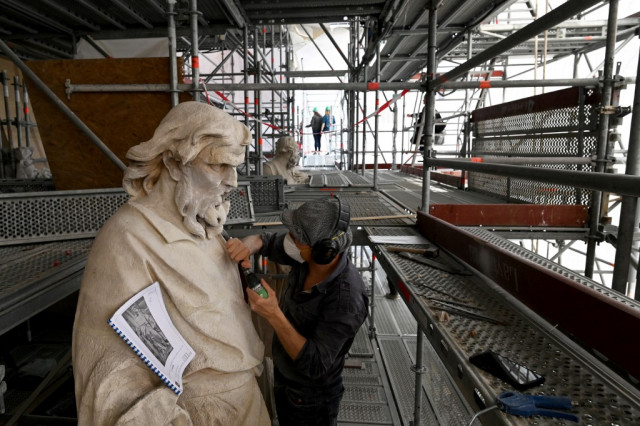
The restoration includes the roof timbers, decorative lead work, the statues and stained glass windows.
Workers restore the stone sculptures in the walls using photographs to ensure complete fidelity to the original.
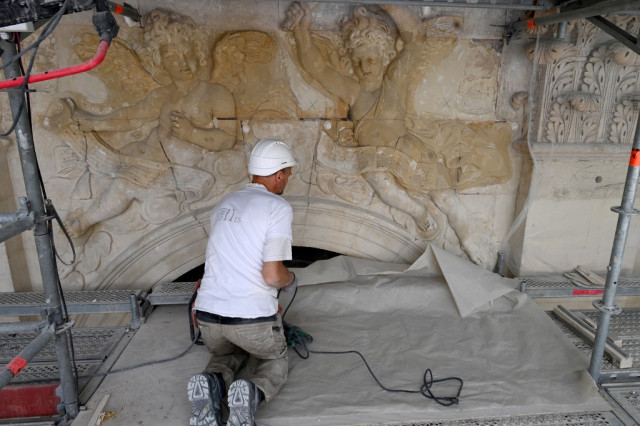
The restoration is literally under wraps, with the chapel surrounded by a protective canvas that conceals the restoration work from visitors standing in long queues to enter the palace.
The canvas, which evokes the majestic structure's interior, covers a web of scaffolding with the statues of holy figures peeping out of the metalwork.
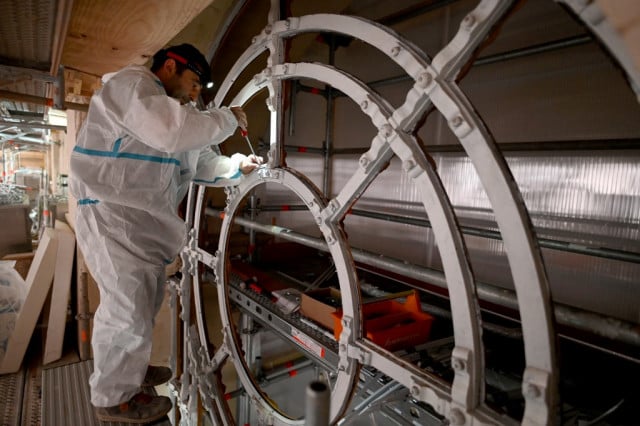
Restoration of the chapel was “one of the urgent priorities” when Catherine Pegard (pictured below) a former journalist, became head of the palace complex in 2011, she said.
The restoration is only the second major such work on the building in its history, with the last taking place from 1875 to 1878, when France was weakened by war with Prussia and not able to devote a lot of resources to the work.
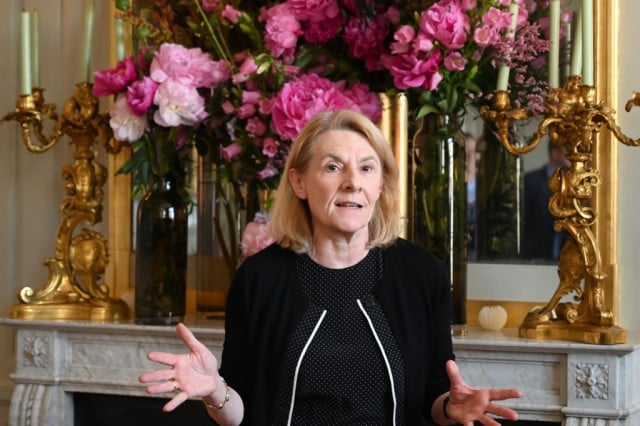
“Today we are doing this as Versailles deserves it,” said Frederic Didier, the architect overseeing the restoration.
The work is taking part under the strictest conditions, especially after the fire that broke out in Notre-Dame on April 15, when the great Paris cathedral was itself undergoing restoration.
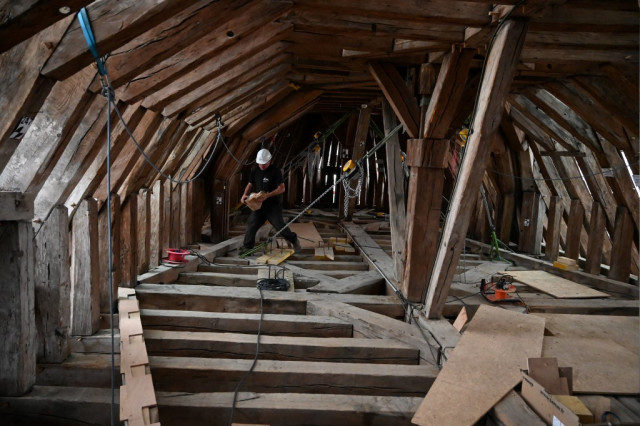
Experts regularly check every potential danger point, and thermal cameras and smoke detectors are in place throughout the site.
This will prevent any chance of the tragedy at Notre-Dame repeating itself at Versailles, said Sophie Lemonnier, head of heritage and gardens at the palace.
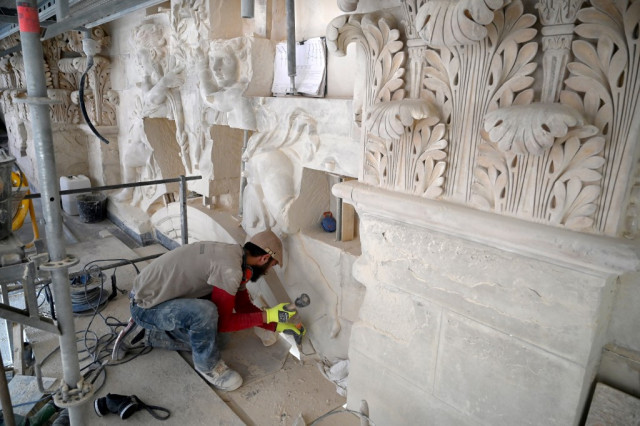
The two first stages of the restoration are scheduled to cost some €16 million, helped by 11 million euros of funds from the Swiss foundation Philanthropia as well as money from French building materials and construction firm Saint-Gobain.
Pegard is also counting on private donations to restore six of the 28 monumental statues that decorate the exterior of the chapel. The restoration work is expected to finish in 2020.

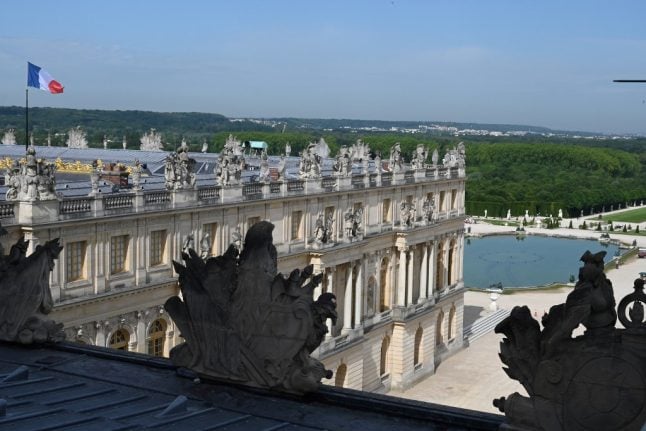
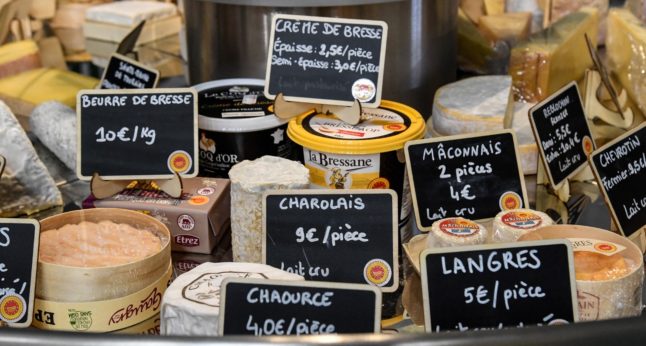
 Please whitelist us to continue reading.
Please whitelist us to continue reading.
Member comments